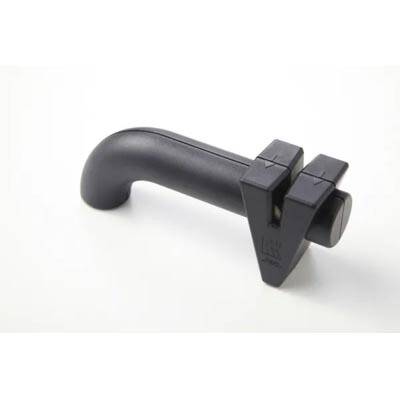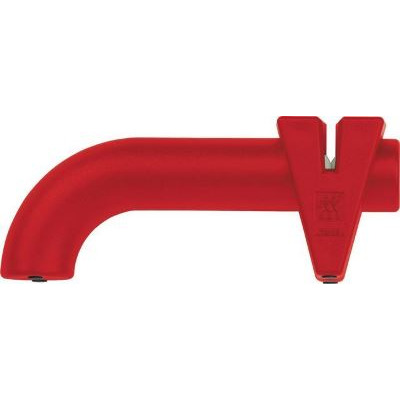Zwilling
Zwilling Henckels
History:On 13 June 1731 Peter Henckels registered the "Zwilling" (German for "Twin") logo with the Cutlers’ Guild of Solingen. This makes Zwilling one of the oldest trademarks in the world. 40 years later, Peter's son Johann Abraham Henckels (1771-1850) was born, who would later re-name the company after himself. The Henckels logo has been in the current shape with a red background since 1969.
J.A. Henckels opened the first trading outlet in 1818 in Berlin, opening a shop in New York in 1883 and followed a year later by Vienna. The company exhibited its products at the 1851 Great Exhibition at the Crystal Palace in Great Britain, and achieved an international recognition and an award medal. In 1909 Henckels set up its first subsidiary in the U.S., followed by Canada, The Netherlands, Denmark, Switzerland, Japan, Italy, France, Spain, China. In 2008, subsidiaries were set up in Great Britain and Brazil.
JA Henckels was awarded the Grand Prix prize in Paris in 1900 and the Grand Prix of St. Louis in 1904. It was also awarded with the Prussian State Golden Medal. Henckels was also given a Royal warrant of appointment as purveyors of knives to the Imperial and Royal Court of Austria-Hungary
Manufacturing:
Henckels knives are manufactured in several different ways. TWIN Select, Four Star, Four Star II, and Professional "S" are all forged from a single piece of high carbon stainless steel, which is ice hardened to improve stain resistance. Forging is intended to produce improved cutting-edge retention, weight, balance, and reduced opportunity for metal fatigue.
TWIN Cuisine knives are forged from one piece of steel using a traditional hot drop forging technique followed by ice-hardening to produce a heavy, durable steel. TWIN Gourmet and Signature knives are stamped from a single piece of steel. All knives featuring a forged hand guard are manufactured in Germany, with the exception of the TWIN Cermax.
Most knife blades are hand honed in order to keep a lasting edge. The forged series also have enlarged bolsters for safety and extra balance while cutting.
Henckels International cutlery is manufactured in several different ways. The Classic and Forged Synergy series are forged to produce a heavier utensil. The Fine Edge Pro and Fine Edge Synergy models are stamped to provide for a lower cost knife.
"Ice Hardening" is Henckel's name for a practice common to all stainless steel cutlery manufacturers. The correct name is cryogenic tempering, and involves immersing the finished knife blades in liquid nitrogen. This process is required to get full hardness from most stainless knife steels, as it completes the conversion of Austenite to Martensite.



